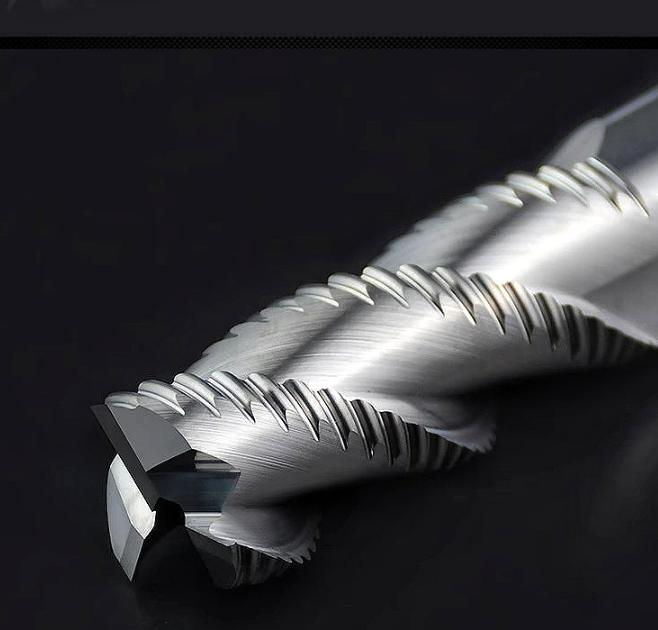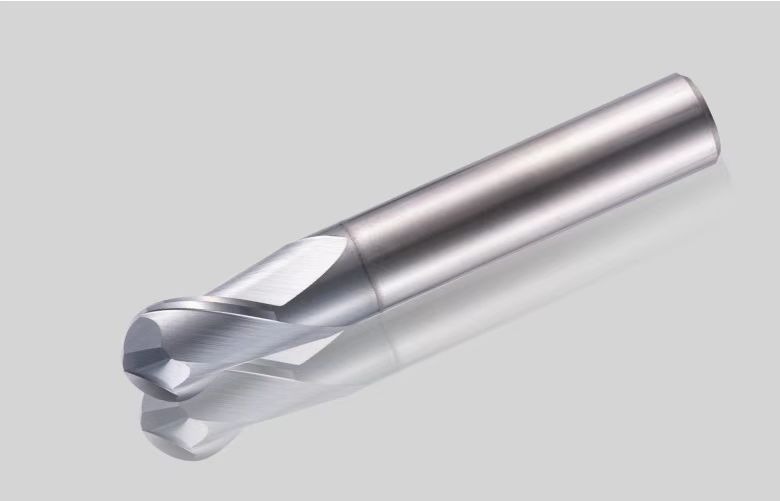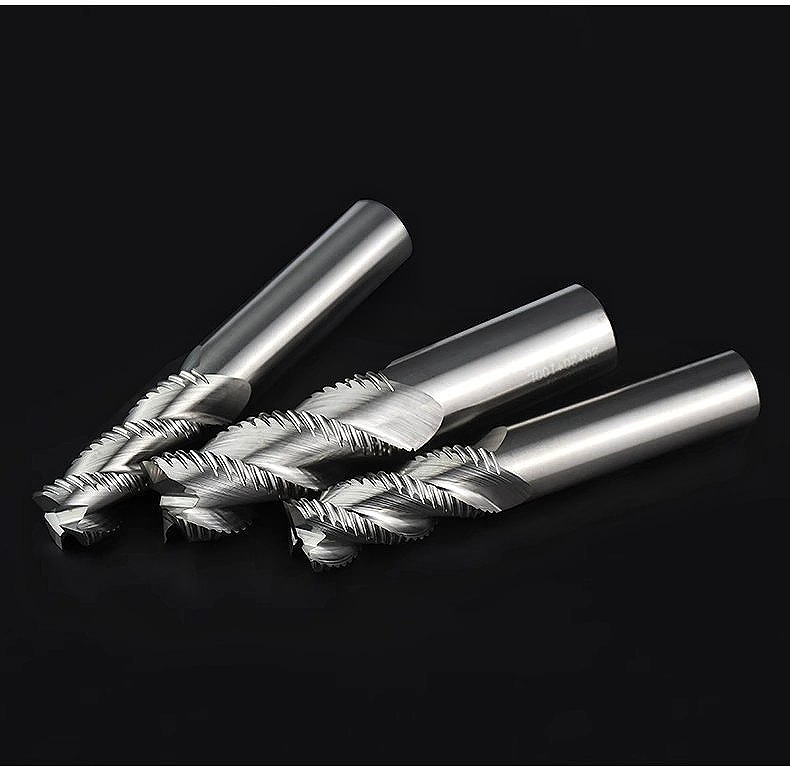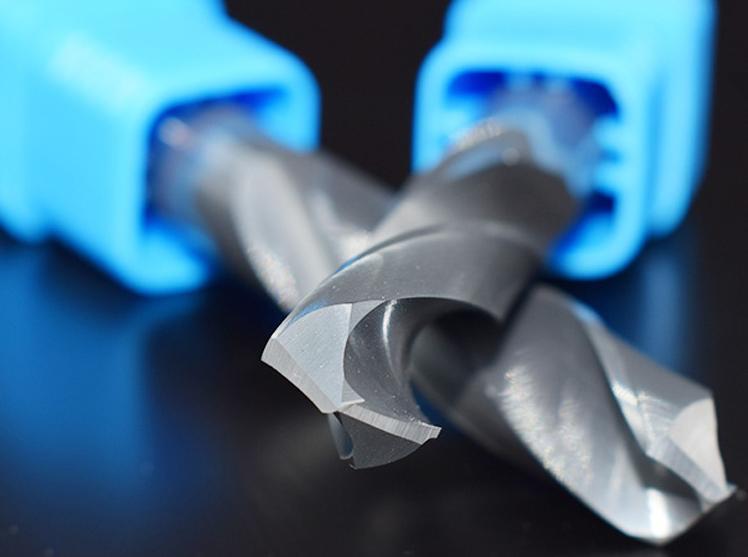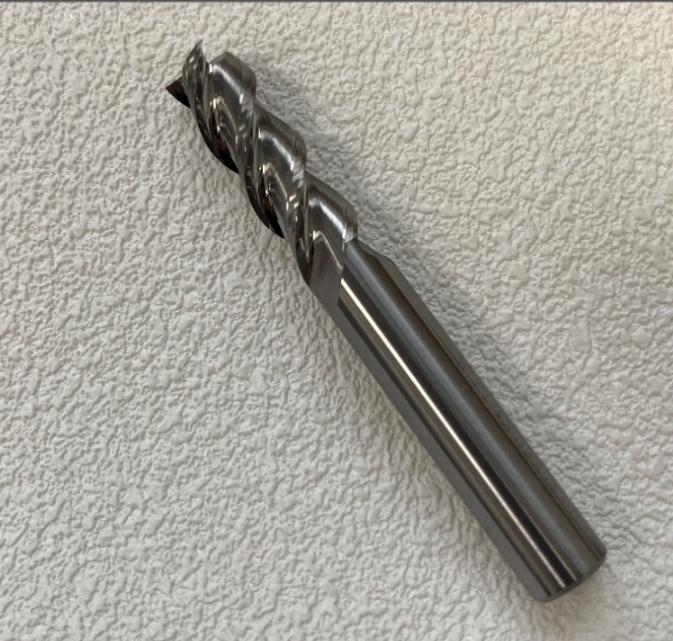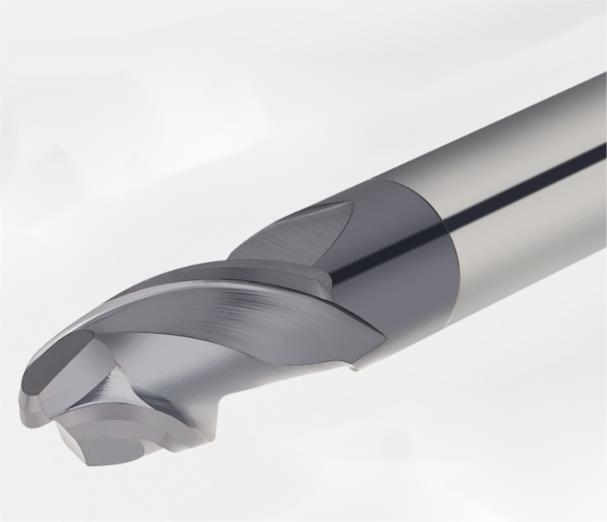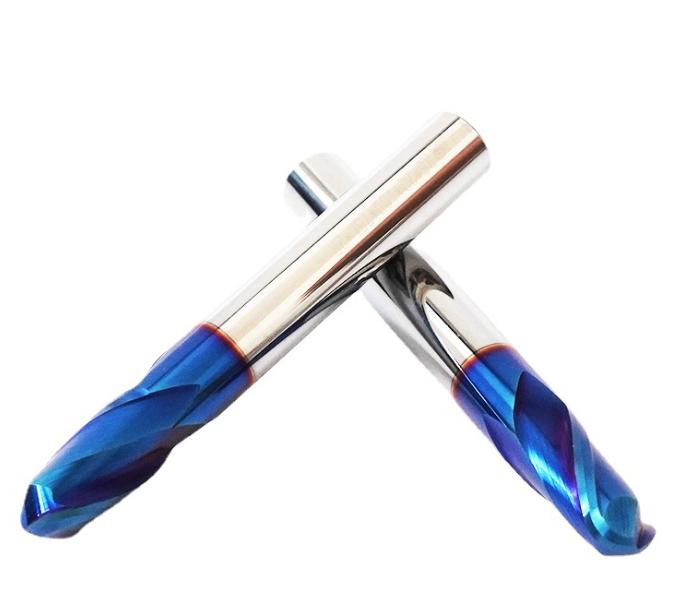Why Choosing Tungsten Steel Milling Cutters for Micro-milling Industries
Table of Contents
Micro-milling industries require highly precise tools to handle the intricate, small-scale machining processes necessary for producing complex components. Tungsten steel milling cutters that involve a process of machining extremely small and intricate features with high precision have become the preferred choice for these industries due to their superior hardness, wear resistance, and precision.
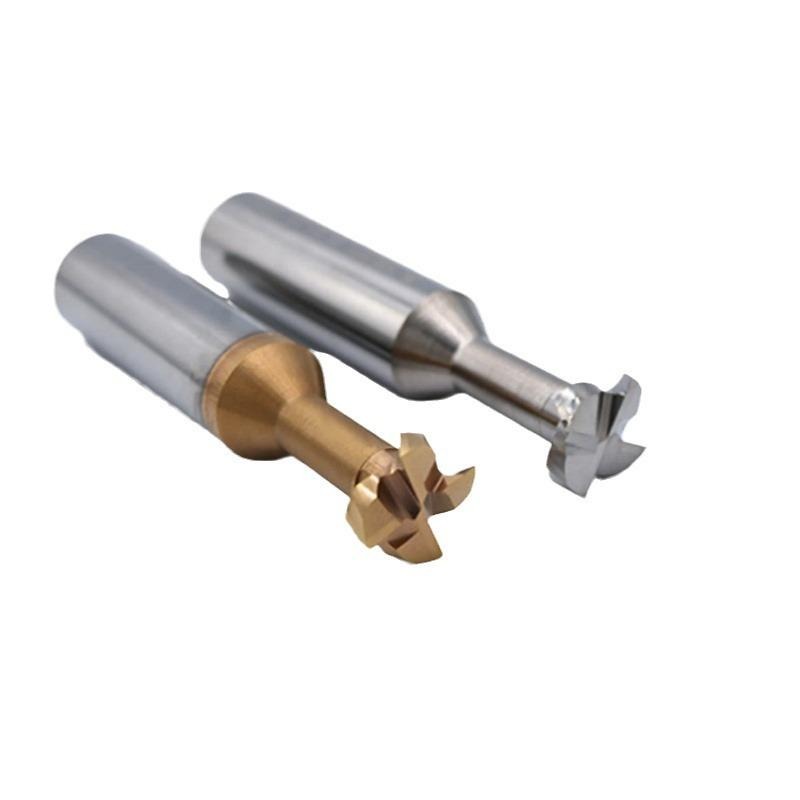
Benefits of Using Tungsten Steel Milling Cutters in Micro-milling
1. Exceptional Hardness and Durability
Tungsten steel, also known as tungsten carbide, is renowned for its extreme hardness, which allows it to maintain sharp cutting edges even when machining tough materials. In micro-milling, where delicate and precise cuts are critical, the ability of tungsten steel cutters to resist wear and maintain their sharpness over long periods ensures consistent, high-quality results. This durability also reduces tool breakage, a common issue when working with small, fragile tools in micro-milling.
2. High Wear Resistance
Micro-milling processes often involve high rotational speeds, which can cause significant wear on cutting tools. Tungsten steel’s wear resistance ensures that the tools last longer and require fewer replacements, reducing downtime and improving overall productivity. This is particularly important in industries such as aerospace, medical devices, and electronics, where precision machining must be maintained over extended production cycles.
3. Precision and Accuracy
Micro-milling demands tools capable of producing intricate features and tight tolerances. Tungsten steel milling cutters are manufactured with high precision, ensuring they can handle the detailed work required in industries like electronics and precision engineering. The rigidity of tungsten steel helps minimize tool deflection during cutting, allowing for more accurate machining of micro-sized components.
4. Thermal Stability
When operating at high speeds, heat generation is a significant concern in micro-milling. Tungsten steel’s excellent thermal stability helps dissipate heat more efficiently than other materials, reducing the risk of thermal deformation. Tungsten steel milling cutters allow for smoother cutting operations at higher speeds, improving the surface finish of components and preventing damage to the tool or workpiece.
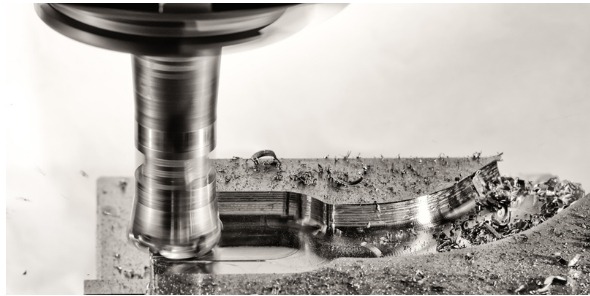
5. Versatility Across Materials
Tungsten steel milling cutters are capable of machining a wide range of materials, from soft metals like aluminum to harder materials like titanium and stainless steel. This versatility makes them essential in industries where various materials are used, such as aerospace and medical manufacturing. Tungsten steel tools can handle tough, abrasive materials while maintaining their performance, expanding their applications in advanced machining processes.
6. Vibration Resistance
Vibration can be detrimental to precision machining, especially in micro-milling, where even slight vibrations can lead to inaccuracies. Tungsten steel milling cutters, due to their rigidity and strength, help reduce vibration during the cutting process. This ensures smoother operations, resulting in better surface finishes and more accurate final products.
7. Extended Tool Life
The toughness of tungsten steel significantly extends the tool’s life, allowing for longer operational periods before tools need to be replaced. This not only improves cost-efficiency by reducing tool changeovers but also ensures consistent machining performance, which is critical in high-precision industries like medical devices and electronics manufacturing.
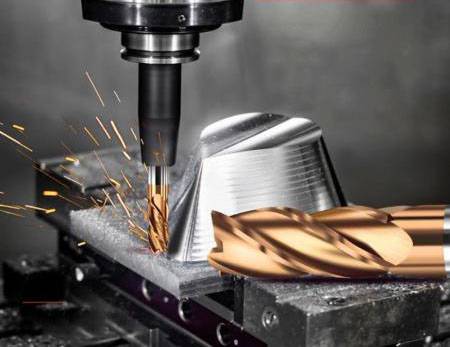
Main Types of Tungsten Steel Milling Cutters Used in Micro-milling Applications
Tungsten steel milling cutters come in various designs and shapes, each tailored to perform specific tasks required in micro-machining industries.
1. End Mills
Tungsten steel end mills are the most common type of milling cutter used in micro-milling. They are designed for various operations such as profile milling, slotting, contouring, and plunge cutting. These mills come in various configurations, including:
- Flat End Mills: Ideal for creating clean, flat surfaces, sharp edges, and slotting.
- Ball End Mills: Feature a rounded tip, making them perfect for 3D contouring, sculpting, and machining curved surfaces.
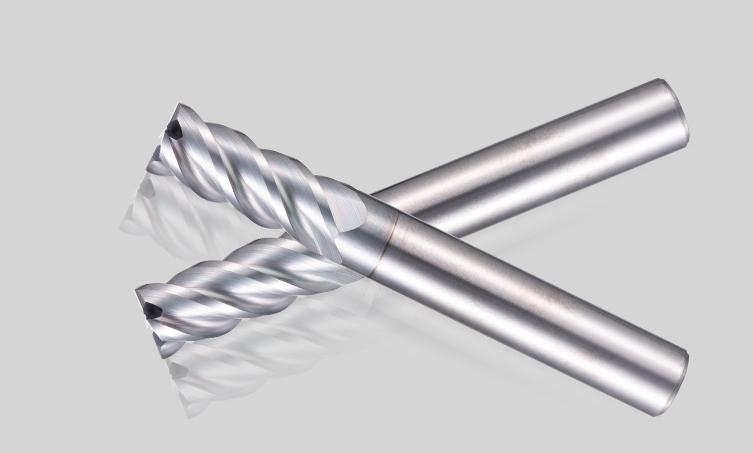
The high rigidity and sharp cutting edges of tungsten steel end mills provide superior accuracy and durability, essential for delicate and intricate work in micro-milling.
2. Ball Nose Cutters
Ball nose cutters are characterized by their spherical cutting end, making them ideal for milling complex 3D shapes. These cutters are commonly used in industries such as aerospace, electronics, and medical devices to machine curved surfaces and contours. Tungsten steel ball nose cutters excel in producing smooth finishes on parts with intricate geometries.
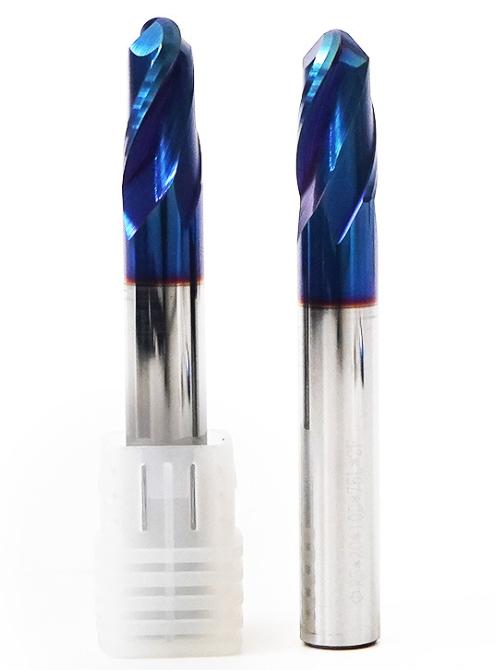
Key benefits include:
- Ability to create detailed, rounded contours.
- Minimization of tool marks for a polished finish.
- Efficient material removal in complex 3D parts.
3. Micro End Mills
Micro-end mills are specifically designed for ultra-fine milling operations. These cutters have diameters typically smaller than 1 mm and are used for producing tiny features and details. Tungsten steel micro end mills are widely used in electronics and precision engineering for machining miniature components like connectors, sensors, and microchannels.
Key features
- Extremely sharp edges for detailed work.
- High rigidity to prevent tool deflection in ultra-small dimensions.
- Extended tool life even in high-speed machining.
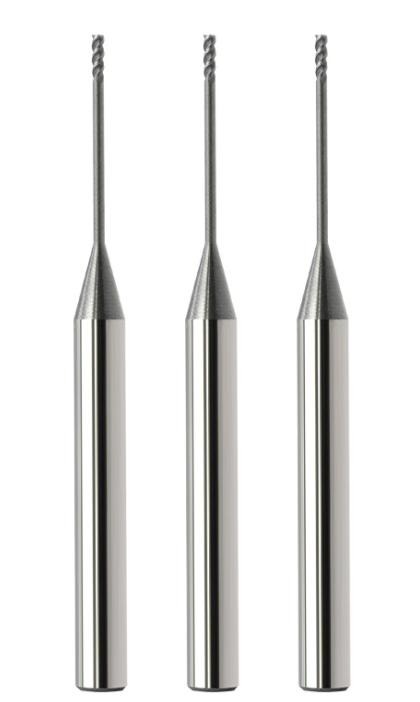
4. Chamfer Mills
Tungsten steel chamfer mills are used for creating beveled edges and angled cuts. In micro-milling, they are essential for adding precise chamfers to small parts, especially in industries requiring fine surface finishes, such as precision engineering and medical devices.
Key features
- Ability to create angled edges with high precision.
- Suitable for deburring and finishing edges of micro-sized parts.
5. Drill Mills
Tungsten steel drill mills combine the capabilities of drilling and milling into a single tool, making them extremely versatile for micro-milling. They are used for both drilling small holes and milling out micro-sized features like slots, pockets, and intricate patterns.
Advantages of drill mills
- Reduce the need for tool changes by performing multiple operations.
- Perfect for producing micro-holes and small cavities in electronic components and medical devices.
- Provide efficient machining of hard-to-reach areas.
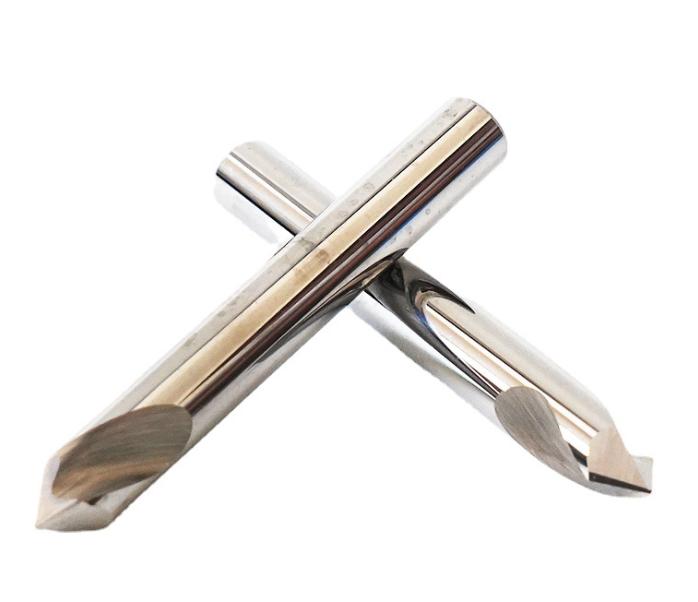
6. Tapered End Mills
Tapered end mills feature a cone-shaped cutting edge that allows for precision machining of complex features, such as angled grooves, slots, and detailed cavities. Tungsten steel tapered end mills are often used in mold-making and die-cutting processes that require fine details and intricate shapes.
Benefits
- Ability to create precise, angled features.
- Enhanced tool strength due to the tapered design, which improves durability during cutting.
- Ideal for deep or narrow grooves and areas with difficult access.
7. Thread Mills
Thread mills are specialized cutters used to create threads in micro-sized components. Unlike traditional taps, which cut threads in a single motion, thread mills cut threads incrementally, allowing for greater control and precision. Tungsten steel thread mills are used in micro-milling applications requiring small, intricate threads in industries like aerospace and electronics.
Advantages
- High precision when cutting micro-threads.
- Ability to cut threads in both hard and soft materials.
- Reduced tool wear due to the toughness of tungsten steel.
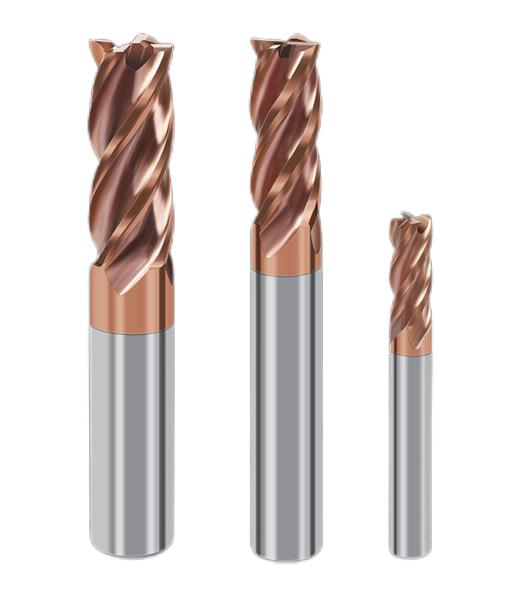
Key Applied Micro-milling Industries of Tungsten Steel Milling Cutters
This chart provides a clear overview of the industries that benefit from tungsten steel milling cutters in micro-milling, along with the key benefits these tools bring to each sector.
| Industry | Application | Key Benefits of Tungsten Steel Milling Cutters |
| Aerospace | Precision machining of lightweight components, small engine parts, and molds. | High precision for complex geometries, wear resistance for extended tool life. |
| Medical Devices | Manufacturing of implants, stents, surgical instruments, and micro-sensors. | Ability to produce intricate, micro-sized parts with biocompatible materials. |
| Electronics | Machining of connectors, sensors, circuit boards, and micro-components. | Precision cutting for small, delicate components; high speed without tool degradation. |
| Optical Systems | Production of tiny, precise optical lenses, mirrors, and micro-optics structures. | Production of tiny, precise optical lenses, mirrors, and micro-optic structures. |
| Watchmaking | Crafting of miniature components such as gears, cases, and precision mechanisms. | High detail accuracy and consistent performance in fine, delicate parts. |
| Precision Engineering | Manufacturing of high-precision automotive parts, micro-tools, and measuring devices. | Rigidity and precision in complex and tight tolerance machining. |
| Jewelry | Micro-machining of intricate designs in precious metals and alloys. | Fine edge retention for clean cuts in detailed decorative work. |
| Mold and Die Making | Creating micro-molds and dies for mass production of small, precise parts. | Durability and accuracy in machining fine cavities and features. |
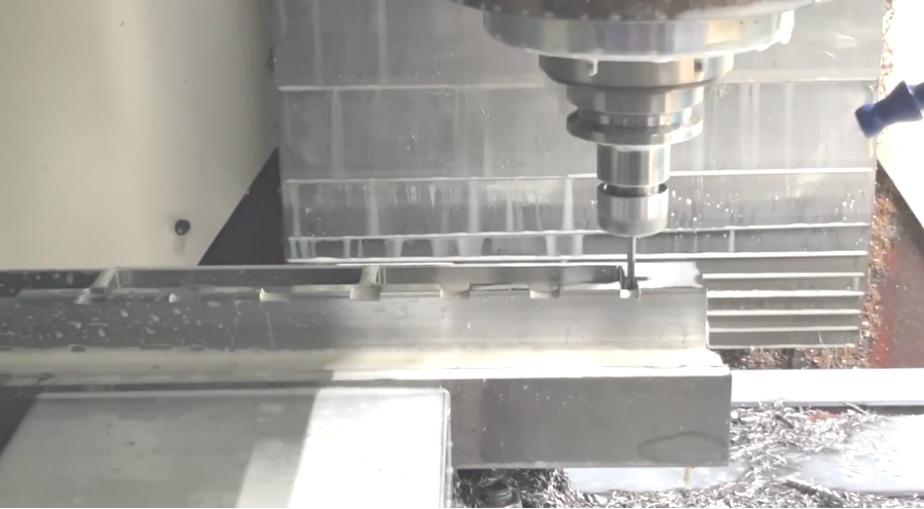
Overall, tungsten steel milling cutters have become indispensable tools in micro-milling, enabling industries to achieve the precision and accuracy required for high-quality production. Their superior hardness, toughness, and thermal stability make them ideal for handling the delicate and demanding nature of micro-milling applications in aerospace, medical, electronics, and precision engineering industries.

